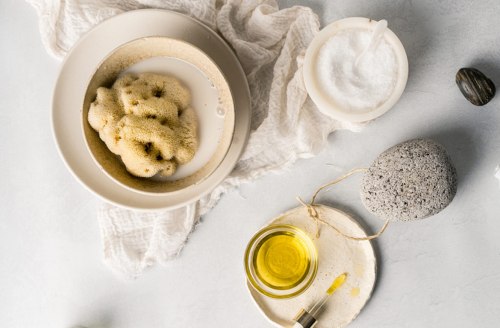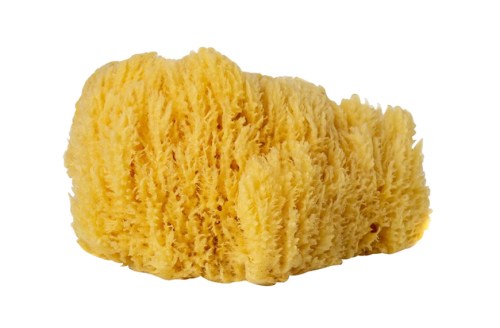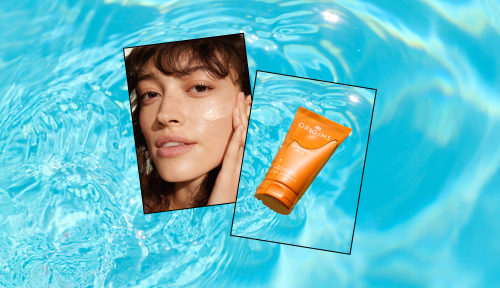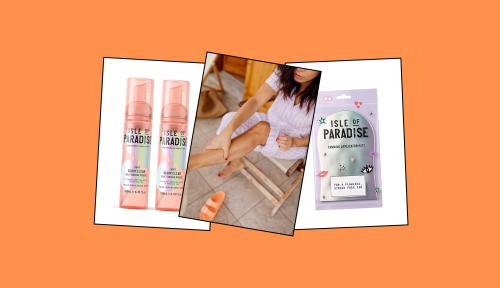Our editors independently select these products. Making a purchase through our links may earn Well+Good a commission
How To Keep a Natural Sea Sponge Clean for Happy Skin, According to a Germ Expert
Sea sponges offer gentle exfoliation, bu dead skin gives bacteria exactly what it needs to thrive. Here's how to clean sea sponge.

If you’re new to using a natural sea sponge, you may not know that they require regular maintenance. Despite having natural antimicrobial properties, sea sponges can harbor bacteria just like synthetic body scrubbers, explains Caren Campbell, MD, a San Fransico-based board-certified dermatologist.
Experts in This Article
board-certified dermatologist in Northern California
microbiologist and author of The Germ Files
“Your bare hands are your best washcloth. Loofahs, sponges, and wash cloths can harbor bacteria and abrade the skin’s natural barrier,” says Dr. Campbell. “It is true that sponges contain compounds that are antibacterial, antiviral… but applying this to it preventing bacterial overgrowth with continued use has not been well studied.”
Sea sponges offer gentle exfoliation, but all of that dead skin gives bacteria exactly what it needs to thrive, says Jason Tetro, microbiologist and author of The Germ Files. “Remember, bacteria only need three things to grow: They need water, which they’re going to have lots of [in the shower]; they’re going to need food, which comes in the form of your skin, your oil, all the things that you’re scrubbing off; and they need a nice temperature in order to grow,” he says.
How to clean a sea sponge
If you choose to use a sea sponge, you’ll have to commit to keeping it clean. Unlike plastic poofs, you can’t put a sea sponge in the washing machine so regular hand washing is required. Additionally, many sea sponges don’t come on a string, you if you don’t have space where they can dry out (like a slotted rack) they can sit in a pool of water and grow even more bacteria.
Skin-care brand Linné recommends storing a sea sponge in a dry, well-ventilated area (read: not on the ledge in your shower). Additionally, the brand says you should clean it every two weeks by soaking it in one cup of water with one tablespoon of baking soda mixed in every two weeks and then letting the sponge air dry. To take it a step further, Tetro recommends cleaning your sponge in boiling water on a weekly basis. To do this, bring a pot of water to a boil, remove it from heat and then place the sponge inside for one-to-three minutes.
If you’re ready to give natural sea sponges a try and are committed to the upkeep, shop these two options below.
Shop natural sea sponges

Linné Body Sponge — $20.00
The Linné Body Sponge is sustainably harvested from self-regenerating sponges in the Atlantic Ocean. The brand says that divers harvest only the outermost portion of the sponge to ensure healthy continued growth.

Bathing Culture Large Mineral Sea Sponge — $20.00
Lather up with this biodegradable, ethically harvested, super soft sea sponge from Bathing Culture.
Oh hi! You look like someone who loves free workouts, discounts for cult-fave wellness brands, and exclusive Well+Good content. Sign up for Well+, our online community of wellness insiders, and unlock your rewards instantly.










